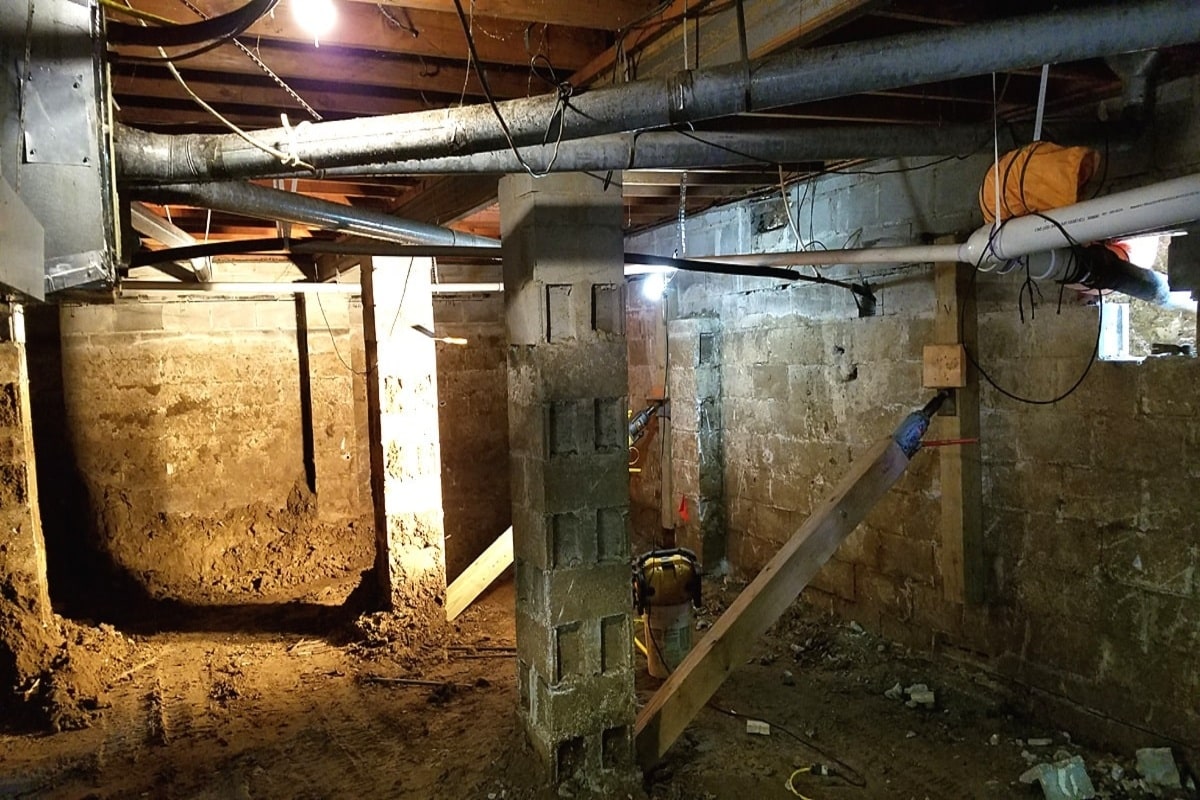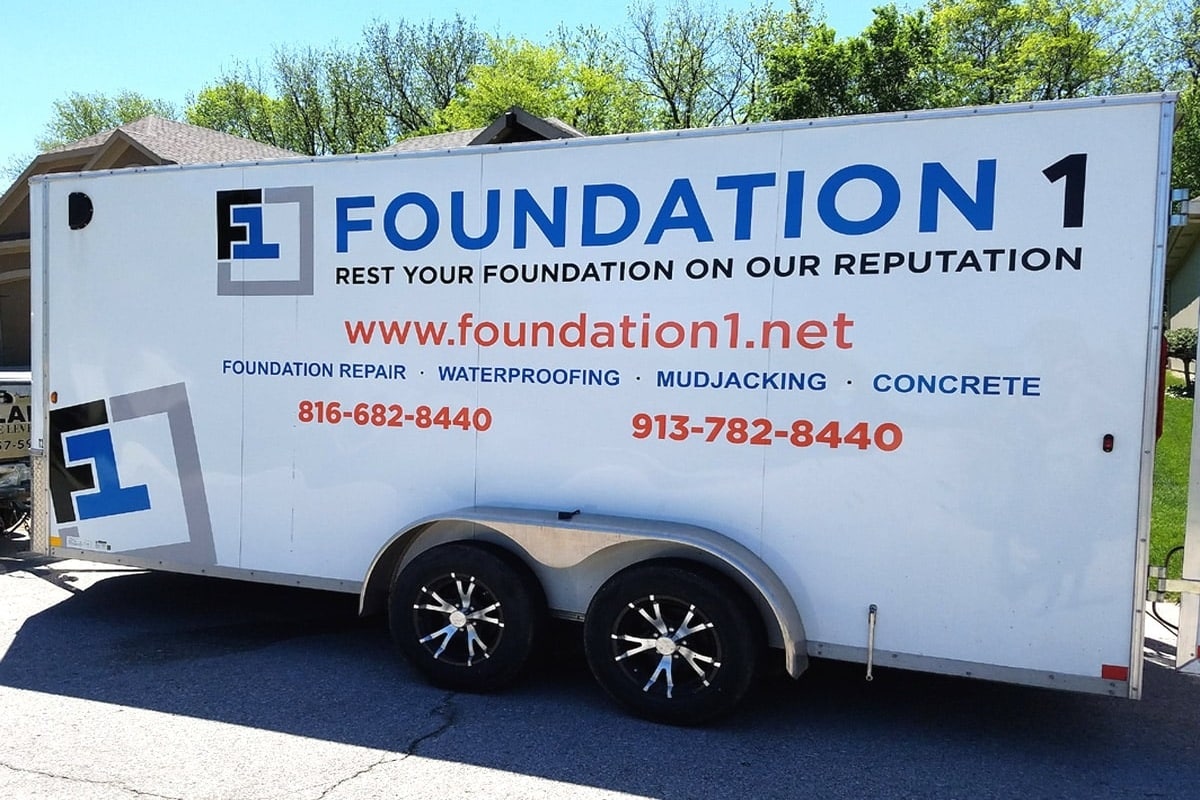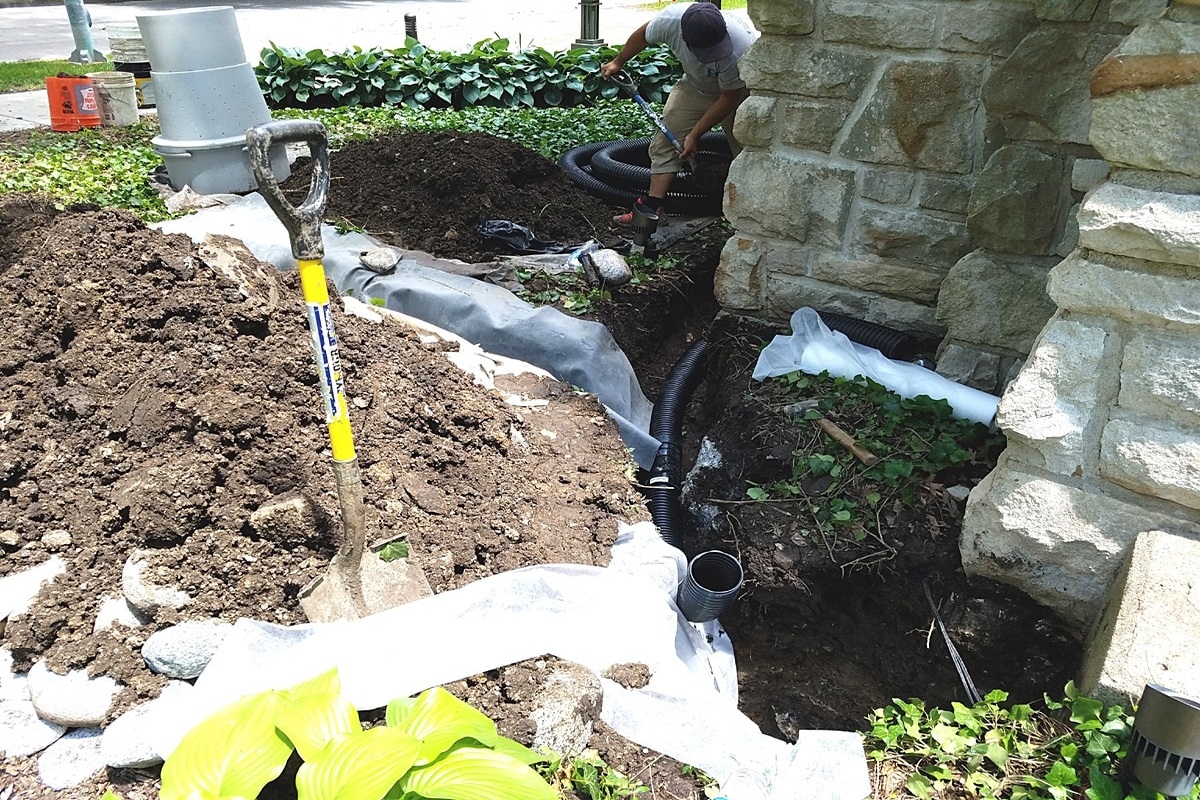Heavy rain can put your home’s foundation at risk, even if there are no immediate signs of damage. Water can seep into small cracks, weaken the structure, and lead to costly repairs if left unchecked. That’s why it’s important to inspect your foundation after heavy rain to catch problems early and prevent long-term issues.
Here’s what to look for and how to protect your home from foundation damage.
Why Inspecting Your Foundation Matters
Water follows the path of least resistance, searching for the lowest point it can settle into—often, that means your basement or crawl space. If water has nowhere else to go, gravity forces it downward, potentially leading to serious foundation issues. By inspecting your foundation immediately after heavy rain, you can catch problems early before they worsen.
Steps to Inspect Your Foundation After Heavy Rain or Flooding
1. Conduct a Visual Exterior Inspection
Start by walking around the outside of your home to check for potential warning signs:
- Look for Pooling Water: Once the rain stops, check if water is collecting near your foundation. Standing water too close to your house increases the risk of basement leaks and foundation weakening.
- Examine for Cracks: Look for any new cracks or widening of existing ones. Vertical cracks often indicate natural settlement, while horizontal cracks can mean excessive pressure on your foundation walls.
- Check for Soil Shifting: If the soil around your home appears to have moved or eroded, it may suggest that water has disrupted the ground supporting your foundation.
2. Inspect the Interior Basement or Crawl Space
Move inside to check for any visible signs of water intrusion:
- Check for Damp Carpets and Flooring: If your basement is finished, feel the carpet and flooring for any damp spots. Even slight moisture can indicate a leak.
- Look for Pooling Water: If there’s standing water in any part of your basement, it’s a sign that water is not draining properly outside.
- Examine Walls for Stains or Efflorescence: White, chalky residue on basement walls indicates water seepage. This occurs when moisture evaporates and leaves behind mineral deposits.
- Check for Musty Odors or Mold: A damp smell or visible mold suggests long-term moisture issues that need to be addressed.
3. Test Doors and Windows
Foundation shifts can cause alignment issues inside your home:
- Check for Sticking Doors and Windows: If doors or windows are suddenly hard to open or close, it could mean the foundation is shifting.
- Inspect for Cracks in Walls and Ceilings: Cracks appearing near doors and windows might indicate that your foundation has moved.
4. Examine the Foundation’s Structure
Structural problems can become costly if ignored. Here’s what to look for:
- Small Cracks vs. Structural Cracks: A quarter-inch crack may not be a concern, but if a crack noticeably expands after a storm, it means active movement is happening.
- Bowing or Leaning Walls: If your basement walls appear to bulge or lean inward, it’s likely due to external pressure from water-saturated soil.
- Uneven Floors: If you notice slopes or dips in your flooring, it might be a sign of foundation settlement.
5. Assess Your Drainage System
A well-maintained drainage system prevents water from reaching your foundation:
- Ensure Proper Grading: The ground around your house should slope away from the foundation to prevent water buildup.
- Check Gutters and Downspouts: Clogged or broken gutters can cause water to overflow and pool near your home’s foundation.
- Inspect Your Sump Pump: If you have a sump pump, ensure it’s working properly to remove excess water from your basement.
Recognizing Serious Structural Issues
Some foundation problems require immediate professional attention. Here’s what to watch out for:
- Expanding Cracks: If you notice that a small crack has become significantly larger after a storm, it’s a sign of serious movement.
- Crooked or Misaligned Door Frames: If door frames no longer appear square, your foundation could be shifting unevenly.
- Walls Separating from the Ceiling or Floor: Gaps where walls meet ceilings or floors indicate potential structural failure.
- Hydrostatic Pressure Damage: When water builds up outside your foundation and pushes inward, it can cause horizontal cracks or bowed walls.
The Importance of Proper Repair Steps
Addressing foundation issues the right way is crucial. Many homeowners try to patch cracks without fixing the underlying cause, but skipping steps in the repair process often leads to bigger problems later. If your home has experienced water damage, it’s essential to follow a complete repair plan to prevent recurring issues.
Preventative Measures to Protect Your Foundation
Taking proactive steps can help protect your foundation in the future:
- Maintain Proper Drainage: Make sure water is directed away from your home through grading and downspouts.
- Keep Gutters Clean: Regularly remove debris from gutters to prevent overflow.
- Install a Sump Pump: If your home is in a flood-prone area, a sump pump can help keep your basement dry.
- Seal Foundation Cracks: Use professional-grade waterproof sealants to prevent water intrusion.
In Summary
When heavy rain or flooding occurs, it’s essential to inspect your foundation to catch early warning signs of damage. Water follows the path of least resistance, and if left unchecked, it can lead to cracks, leaks, and shifting walls. By taking the time to thoroughly examine your foundation and surrounding areas, you can prevent long-term issues and costly repairs.
If you notice any signs of foundation problems or need professional assistance, contact us at Foundation 1. Our team of experts is ready to assess your foundation and provide reliable waterproofing solutions to keep your home safe.




